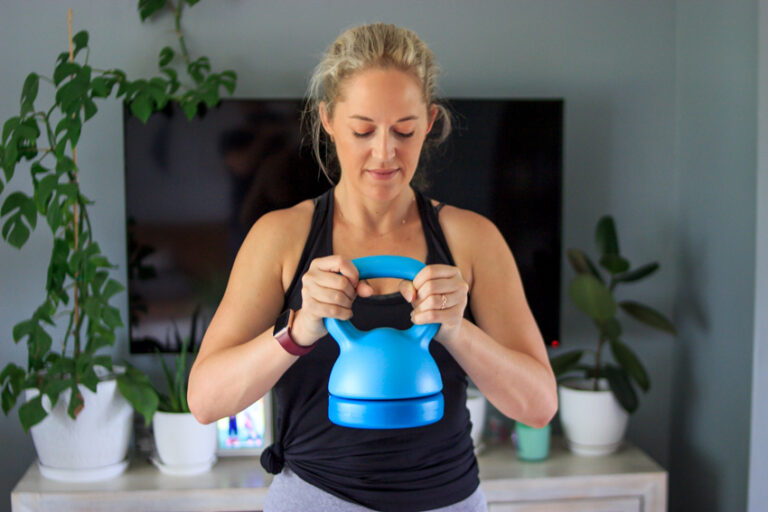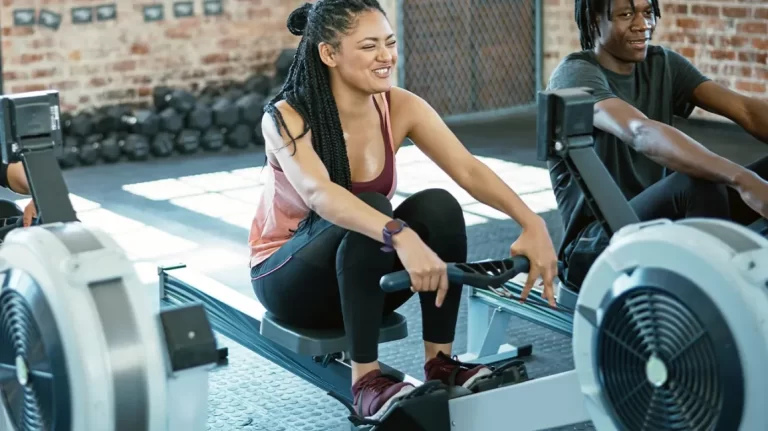How to Avoid Workout Injuries and Keep Your Fitness Goals on Track?
Nothing derails your fitness progress faster than an unexpected injury. Whether you’re a seasoned athlete or just starting out on your fitness journey, staying injury-free is key to reaching your goals. But the good news? Many workout injuries are preventable with the right knowledge and habits.
This guide will cover everything you need to know about avoiding workout injuries. From understanding common pitfalls to building a sustainable routine, we’ll arm you with tips to help you stay safe while staying active.
Common Workout Injuries and Their Causes
Before jumping into prevention strategies, it’s important to recognize common injuries and how they happen. Here are a few of the usual suspects:
1. Muscle Strains
Muscle strains often occur from overstretching or lifting weights that are too heavy. They’re usually accompanied by soreness, pain, or even swelling.
2. Joint Injuries
Knees, shoulders, and ankles are particularly vulnerable. Poor form, overuse, or accidents like rolling your ankle during a run can all lead to injury.
3. Stress Fractures
These are small cracks in your bones caused by repetitive force, often from high-impact activities like running or jumping.
4. Tendinitis
Overworking your muscles without adequate recovery can lead to inflammation in the tendons, especially around the elbows, shoulders, or Achilles.
Knowing what to watch out for can help you take the first step toward prevention.
The Magic of Warm-ups and Cool-downs
Skipping a proper warm-up is like driving a car in winter without defrosting the windshield—a recipe for trouble. Warming up prepares your muscles, increases blood flow, and reduces stiffness, making your body ready for action.
Spend 5–10 minutes on light cardio, like brisk walking or jumping jacks, followed by dynamic stretches targeting the muscles you’re about to use. Post-workout, cool down with static stretches (think holding a hamstring stretch for 20–30 seconds). This helps flush out lactic acid and kickstarts recovery.
Build a Strong Foundation
Overambitious workouts often lead to injuries. Avoid jumping straight into advanced exercises without building your base strength and endurance.
- Start slow: Gradually increase weight, intensity, or duration. This gives your body time to adapt.
- Prioritize form: Proper technique is a game-changer. Whether you’re lifting weights or practicing yoga, take the time to master your form rather than rushing through reps.
- Don’t ignore imbalances: Weak or tight muscles can compromise your performance. Incorporate functional exercises to address these areas.
Gear Up Right
The wrong shoes, ill-fitting clothes, or worn-out equipment can make even a simple workout risky. Here’s how to choose wisely:
- Shoes: Invest in footwear that supports your activity. Running shoes, for example, are very different from cross-training shoes.
- Clothing: Opt for moisture-wicking fabrics that prevent chafing and keep you comfortable.
- Equipment: If you’re using weights or machines, ensure they’re in good condition and appropriate for your skill level.
The right gear isn’t just an accessory—it’s your first line of defense.
Rest and Recovery Matter
When it comes to workouts, more isn’t always better. Rest and recovery are just as vital as the exercise itself. Overtraining not only leads to burnout but also increases your risk of injury.
- Listen to your body: Sore? Fatigued? Give yourself a rest day or focus on low-impact activities like stretching or walking.
- Schedule rest days: Aim for at least one or two days a week to fully recover.
- Stretch and foam roll: Both help to release tension and improve mobility.
Recovery isn’t lazy—it’s smart training.
Nutrition for Injury Prevention
What you eat directly impacts how well your body handles workouts. Proper nutrition fuels your muscles and aids in recovery.
- Protein: Helps repair muscle tissue. Include lean meats, beans, or plant-based alternatives in your meals.
- Healthy fats: Omega-3s found in fish or flaxseeds can reduce inflammation.
- Calcium and Vitamin D: Strengthen bones and reduce your risk of stress fractures. Think leafy greens, dairy, or fortified plant-based milk.
- Hydration: Don’t forget to drink enough water before, during, and after exercise to prevent cramps and other issues.
Nutrition isn’t just about building muscle; it’s about fortifying your entire body for the demands of exercise.
Create a Safe Workout Space
Your environment plays a bigger role in injury prevention than you might realize. Here are some tips for setting yourself up for success:
- Keep it clutter-free: Whether working out at home or the gym, make sure equipment is stored properly to avoid trips and falls.
- Lighting matters: Good lighting ensures you can see what you’re doing.
- Use proper surfaces: Avoid hard flooring for high-impact exercises; mats or padded floors help cushion your joints.
A safe setting allows you to focus 100% on your workout—no distractions, no dangers.
Know When to Ask for Help
Sometimes, going solo isn’t the best approach. Consulting a trainer or healthcare professional can make a world of difference.
- Personal trainers: They can correct your form, create a tailored workout plan, and spot areas of weakness.
- Physical therapists: If you’re recovering from an injury, a therapist can guide you back to fitness safely.
- Doctors: Persistent pain or swelling might signal an underlying issue. Don’t ignore it.
Professional advice is an investment in long-term health and performance.
Injury Prevention Is the Key to Progress
Protecting your body isn’t just about avoiding time off from working out. It’s about staying consistent, building a sustainable routine, and reaching your fitness goals injury-free.
Start small—plan a warm-up, check your form, and schedule a rest day this week. Need help fine-tuning your approach? Share this post with your fellow fitness enthusiasts or leave a comment with your questions. Prevention starts with the choices you make today!







